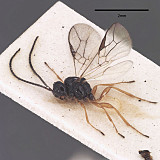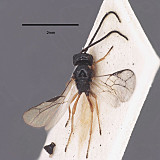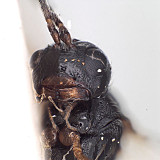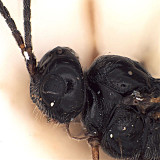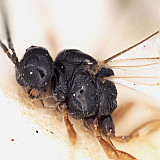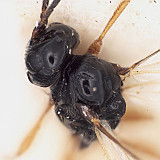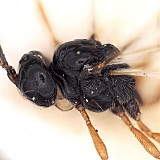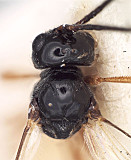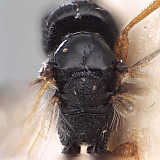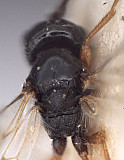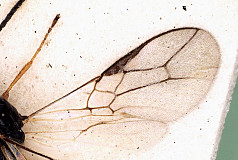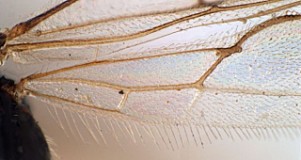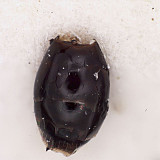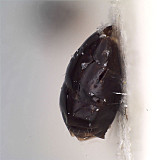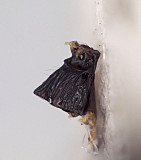This page was assembled by Bob Wharton and Danielle Restuccia. It is part of a review of the genera of World Opiinae, conducted at Texas A&M University. We are particularly grateful to Xanthe Shirley, Andrew Ly, Patricia Mullins, Trent Hawkins, Lauren Ward, Cheryl Hyde, Karl Roeder, and Andrea Walker, who did nearly all of the imaging (together with Danielle) for this project. Matt Yoder and Istvan Miko provided guidance on databasing issues associated with our use of mx and
HAO respectively. This project would not have been possible without the kindness of many curators at museums throughout the world who gave generously of their time to Bob Wharton and his students. In particular, I thank Henry Townes (deceased) and David Wahl (American Entomological Institute, Gainesville), Gordon Nishida (Bernice P. Bishop Museum, Honolulu), Norm Penny, and Bob Zuparko (California Academy of Sciences, San Francisco), Bill Mason (deceased), Mike Sharkey, Andrew Bennett, and Henri Goulet (Canadian National Collection, Ottawa), Paul Dessart (deceased) (Institut Royal des Sciences Naturelles de Belgique, Brussels), Marc De Meyer (Koninklijk Museum voor Midden-Afrika, Tervuren), Axel Bachmann (Museo Argentino de Ciencias Natureles, Buenos Aires), Eberhard Koenigsmann (deceased) and Frank Koch (Museum fuer Naturkunde der Humboldt-Universitaet, Berlin), J. Casevitz Weulersse and Claire Villemant (Museum National d’Historie Naturelle, Paris), James O’Connor (National Museum of Ireland, Dublin), Jenö Papp (National Museum of Natural History, Budapest), Kees van Achterberg (National Museum of Natural History, Leiden), Max Fischer, Herb Zettel, and Dominique Zimmermann (Naturhistorisches Museum, Wien), Per Persson and Lars-Åke Janzon (Naturhistoriska Riksmuseet, Stockholm), Ermenegildo Tremblay (Silvestri Collection, Portici), Erasmus Haeselbarth (Staatliche Naturwissenschaftliche Sammlungen Bayerns, Munich), Tom Huddleston and Gavin Broad (The Natural History Museum, London), Paul Marsh and Robert Kula (
USDA Systematic Research Laboratory and US National Museum of Natural History, Washington, D. C.), Vladimir Tobias (deceased) and Sergey Belokobylskij (Zoological Institute, Academy of Sciences, St. Petersburg), and Roy Danielsson (Zoological Institute, Department of Systematics, Lund) for facilitating loans and general assistance associated with examination of holotypes and other material in their care. This work was supported largely by
NSF/
PEET DEB 0328922 and 0949027, with
REU supplements 0723663, 1026618, 1213790, and 1313933 (to Wharton). Page last updated July, 2015. The material on this page is freely available, but should be acknowledged if used elsewhere.
This material is based upon work supported by the National Science Foundation under Grant Numbers DEB 9300517, DEB (PEET) 9712543, DEB (PEET) 0328922 with REU supplements 0723663 and 1026618 and DEB 0949027 with REU supplements 1213790 and 1313933. Any opinions, findings, and conclusions or recommendations expressed in this material are those of the author(s) and do not necessarily reflect the views of the National Science Foundation.

